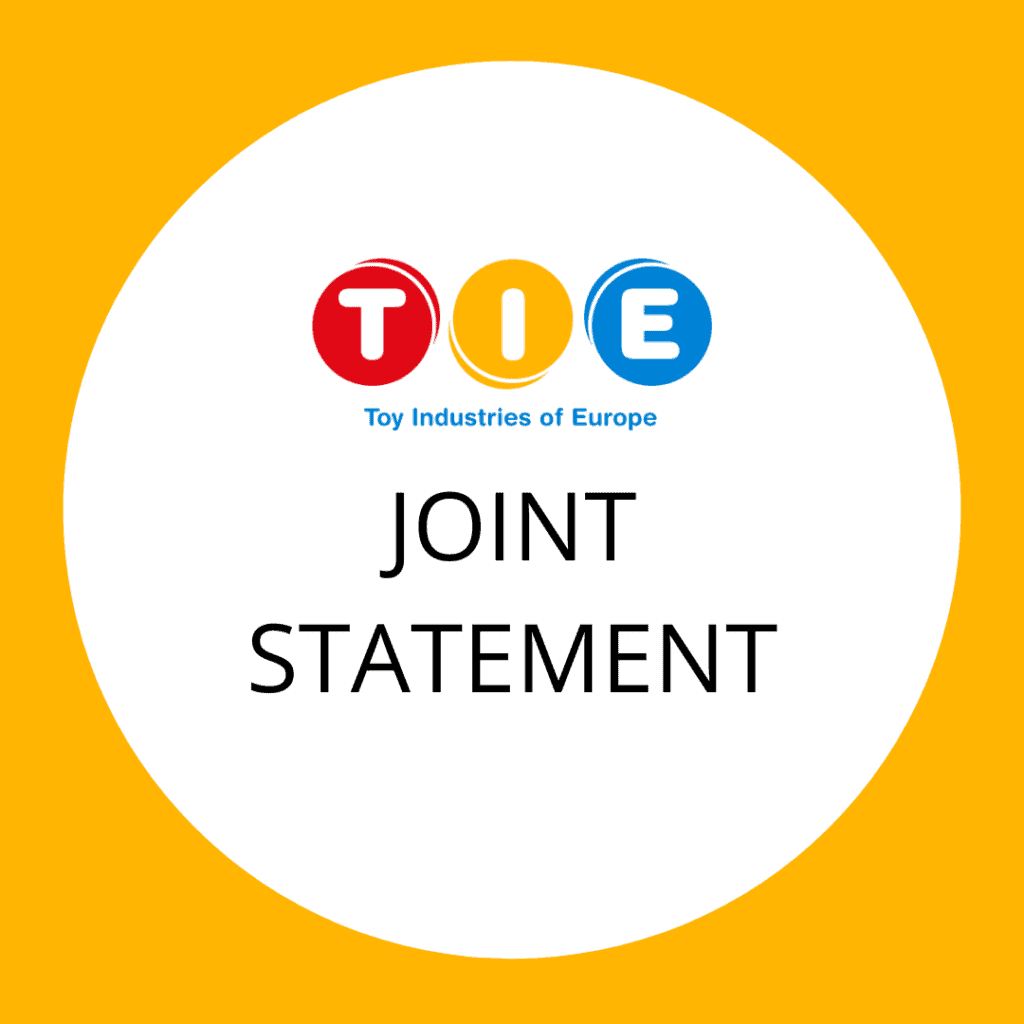Play is about imagining the possibilities. It’s about creating and exploring, succeeding and failing and, above all, it’s about having fun! Play is the lens through which children experience their world and has a proven positive impact on children’s development, health and well-being.
Everybody knows that children can, and will, play with almost anything. However, research shows that toys have a positive benefit for playing. Toys fuel children’s imagination and encourage them to play for longer. They have also been designed with children’s safety in mind. Today, there is a toy out there to suit every child’s play needs. From the most basic building block, to complex electronic robots that children can programme to dance.
Like the toys it makes, the EU toy industry is diverse and exciting. Over 200,000 people in the EU are involved in bringing fun, safe toys to children in the EU. With this in mind, we had a macro-look at what makes the vibrant and innovative EU toy sector tick.
The Little Guy is a Big Part of the Sector
Small companies are still going strong: 99.5 % of toy companies in Europe have less than 50 employees. Complying with over 2,000 pages of EU safety requirements can sometimes be tough for smaller companies. That’s where National Toy Associations step in, providing advice and assistance on the rules and what companies have to do to meet them.
Innovation Keeps us Ahead of the Game
Our focus on bringing new and exciting play experiences to children makes the toy sector one of the most trademark, design, patent and copyright intense industries in the EU. It’s no surprise then that around one third of toys on the market each year are new. As a sector that is particularly vulnerable to counterfeiting, innovation also helps manufacturers stay ahead of the faker.
Tradition with a Twist
Aside from pre-school toys, which are consistently the most frequently purchased type of toy, building sets and outdoor toys were the most popular purchases in 2016. Many companies are increasingly looking to combine traditional play with new tech to make the play experience even more exciting for kids. However, although connected toys have been in the media a lot recently, they represented just 0.7% of all toy sales in the EU5 in 2016.
Online Increasingly the Place to Shop
More consumers are buying toys online as their trust in e-commerce is increasing – between 2015 and 2016 the share of toys sold online increased by 19% in the EU. In some countries such as UK or Germany, consumers bought more than one in four toys online last year.
The Single Market Eases Cross-Border Trade
For toys, the Single Market means harmonised rules across the EU that provide a clear and predictable legal framework for manufacturers who want to sell toys on the EU market. The benefits of this can be seen in the level of intra-EU trade: in 2016, 83% of toys exported from EU countries went to their fellow member states, and 5% of toy exports ended up in EEA neighbours, with Norway and Switzerland being two of the biggest EU toy importers. When it comes to EU toy imports, over half come from other EU countries, whilst China remains the biggest third country importer. However, no matter where a toy is made, any toy being sold on the EU market has to conform with EU toy safety rules.
Want something more colourful? We’ve synthesised the key facts into a brand new leaflet, which you can download and print here.

